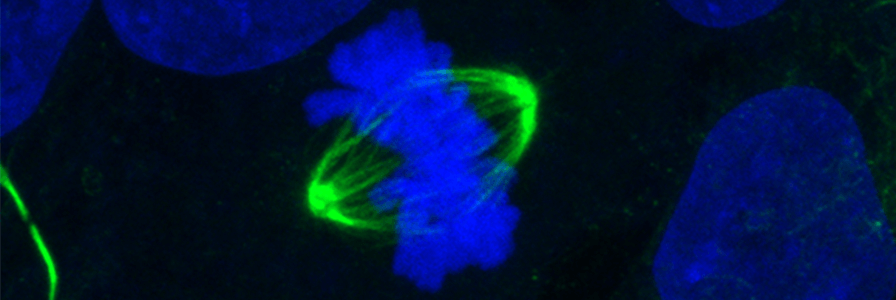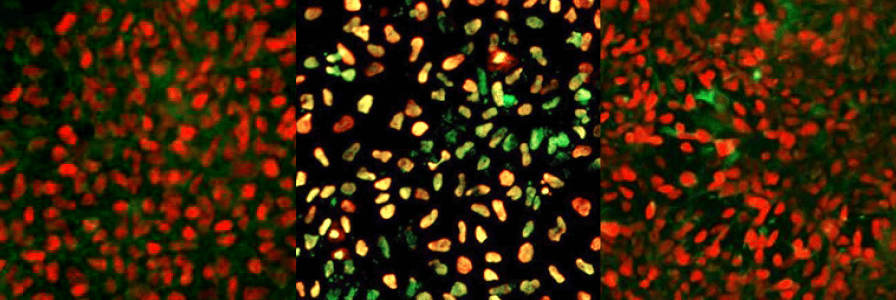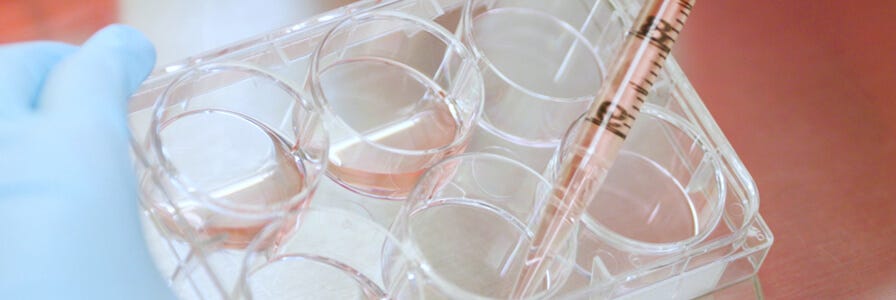
Human Pluripotent Stem Cell Quality
Managing human pluripotent stem cell (hPSC) line variability and health during maintenance can be tricky, especially as most labs reported maintaining between 5 - 30 cell lines at any given time. While variation between cell lines is to be expected, proper reporting and standardized quality control measures can help limit variability and ensure that relevant, reproducible findings are shared. Learn about important cell quality attributes of hPSCs below, and find out how you can assess and maintain high-quality hPSC culture.
NEW: ISSCR Standards for Human Stem Cell Use in Research
The International Society for Stem Cell Research (ISSCR) released the Standards for Human Stem Cell Use in Research. Learn more about these recommendations, and discover how STEMCELL Technologies can support you in following these guidelines.
Cell Quality Attributes
Explore how you can assess the quality of your hPSC cultures.
Impact of Genomic Integrity
What are the concerns around genomic abnormalities arising in culture?
hPSCs frequently acquire abnormalities in a non-random and sporadic manner. Some abnormalities are also observed in human cancers, raising concerns about progression into clinical trials. Understanding and detecting these changes is key to ensuring safety and efficacy of future therapies.
- When hPSCs Display Hallmarks of Cancer: Hear Dr. Peter Andrews and Dr. Ivana Barbaric from the University of Sheffield discuss the causes and consequences of genetic changes in hPSCs, including acquisition of genetic changes that render them less susceptible to differentiation and/or death. View Now >
Assessing Pluripotency
The teratoma assay is the most widely documented technique for evaluating pluripotency. However, it can be lengthy, cost prohibitive, and follow variable methodologies and analyses. Alternative approaches such as trilineage differentiation provide researchers with more ease-of-use and specificity.
- Validation Through Trilineage Differentiation: Advances in protocols for directed differentiation towards the primary germ layers now allow researchers to assess stem cell pluripotency in vitro without a teratoma assay. View Now >
Gene and Cell Surface Marker Expression
In high-quality cultures, certain cell-surface and intracellular markers are homogeneously expressed in nearly all cells.
Epigenetic Landscape
Due to transient epigenetic memory, using only iPS cells that are fully reprogrammed and characterized is important to avoid aberrations.
Cell Morphology
The morphology of cultured cells is one of the most commonly monitored indicators of cell quality because it can be observed during routine culture handling. Cultures should be examined daily using a light microscope under phase contrast for changes, as well as to check whether they are ready to be passaged.
Maintaining High-Quality hPSC Cultures
Find technical tips, resources, and tools to help you maintain high-quality hPSC cultures.
How Your Cell Culture Conditions Impact Cell Quality
The maintenance and propagation of human embryonic stem (ES) cells and human induced pluripotent stem (iPS) cells requires the use of optimized media formulations, in combination with careful handling techniques, to maintain high-quality cultures at each passage.
- Sticking Together - Clump Passaging for ES and iPS Cell Maintenance: See this tech tip to learn how passaging hPSCs as aggregates enables the long-term expansion of cell lines while maintaining a normal karyotype, without ROCK inhibitor. View Now >
- Ensuring Optimal pH of hPSC Culture Medium: See this tech tip to learn about the potential impacts of acidification on hPSC culture, and what to consider to maintain optimal pH. View Now >
Generating a Bank of Well-Characterized, High-Quality Cells
Characterizing new or established hPSC lines is essential in the quest for consistency and reproducibility in stem cell research. Additionally, it can help you save time and money, by providing a reliable source of high-quality cells as a starting point for your research. Explore our resources—including related webinars, publications, and tools—to learn how to build a characterized cell bank to ensure your supply of consistent, high-quality cells.
Related Resources
Genome Editing of hPSCs
CRISPR-Cas9 has improved the ease and efficiency of engineering hPSCs, however, there are many challenges that remain. Explore our resources and learn about strategies to achieve high-efficiency genome editing.
Learn More >









